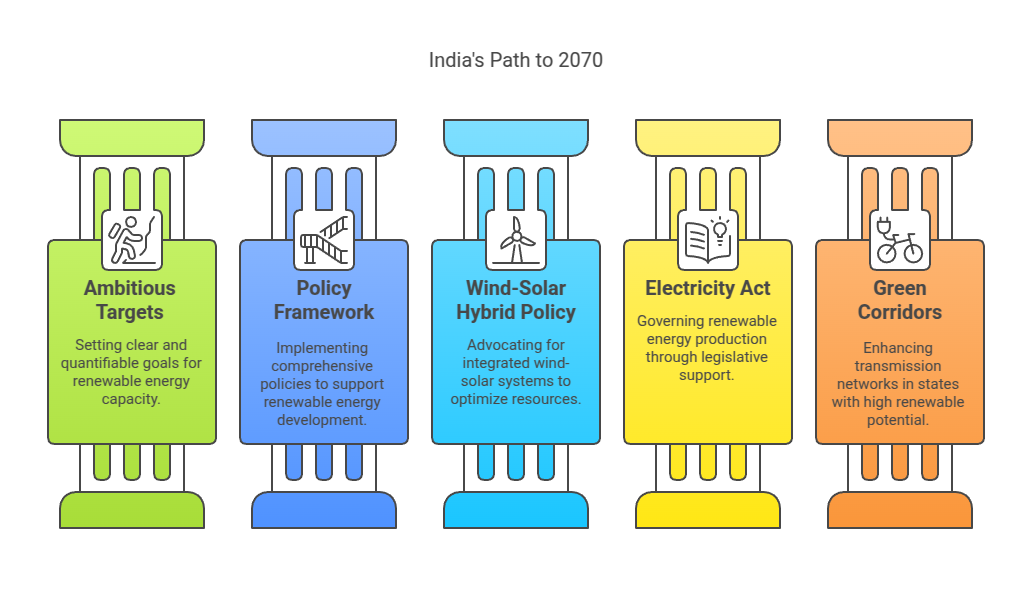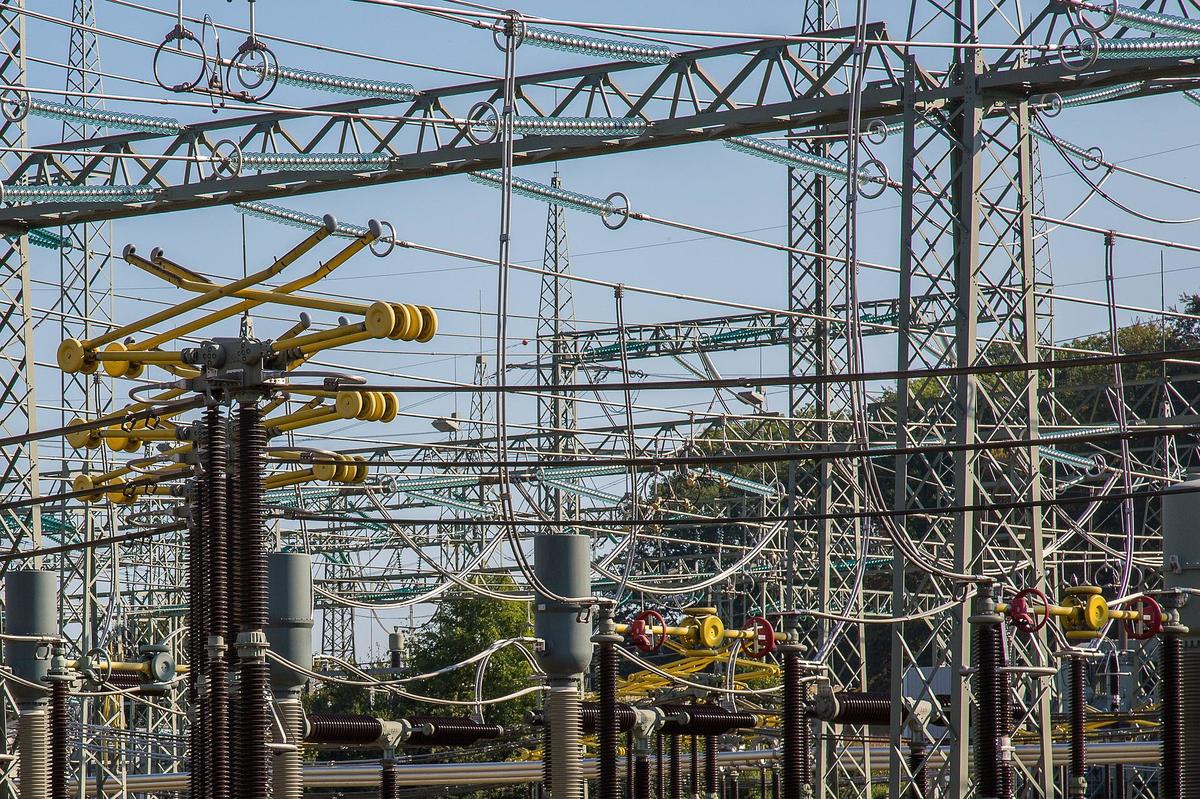As global communities scramble to address climate change, transitioning to low-carbon electricity represents a pivotal strategy for reining in leadership and creating a sustainable future. This paradigm shift towards renewable energy sources has wide-reaching effects, not only in terms of environmental impact but also by reinvigorating economic competitiveness, driving innovation and encouraging global collaboration. Hartek Group is leading the transition toward low-carbon electricity by investing in innovative technologies and renewable energy infrastructure that reduce carbon emissions while expanding clean power sources. Through partnerships and forward thinking initiatives, we are driving change within the energy sector – with expert staff dedicated to environmental stewardship paving their path to leadership for low carbon electricity solutions. We will explore the transformative potential of eco friendly energy and its profound ramifications for creating leadership within an ever-evolving energy landscape in this article.
The Imperative Low Carbon Electricity
Climate change and energy insecurity pose two significant threats, making the pursuit of low-carbon electricity an urgent priority. Burning fossil fuels for electricity production releases vast amounts of greenhouse gasses into the atmosphere, contributing to global warming with disastrous consequences. Furthermore, dependence on these resources makes countries susceptible to geopolitical shocks and price fluctuations that leave them exposed and vulnerable.
By switching to eco friendly and non fossil fuel related energy sources such as solar, wind and hydropower, countries can reduce greenhouse gas emissions, protect themselves from climate change impacts and boost energy independence. Furthermore, this change opens up new economic opportunities by creating jobs within renewable energy sectors while spurring innovation within related technologies.
Economic benefits are clear
According to a comprehensive World Bank study, investments in renewable energy and energy efficiency have the power to generate significant economic growth through job creation, increased energy security, reduced healthcare costs related to air pollution and other forms of air pollution, as well as enhanced resilience and competitiveness on an international stage. The Investment in cleaner energy would require nearly $4.5 trillion annually by 2030. Low carbon electricity provides an economic viability strategy towards improving resilience and competitiveness within any nation’s economic ecosystem.
Facilitating Technological Advancement and Innovation
Adopting low-carbon electricity acts as a catalyst for technological development. Integrating renewable energy sources has caused major advances in energy storage systems, grid management systems, and smart grid infrastructure.
By investing in renewable energy integration for industrial applications, you can foster innovation, generate economic possibilities, and contribute to a more sustainable future. This strategic strategy will accelerate technical developments, generate new sectors and employment, and lessen dependency on fossil fuels. By promoting the development and implementation of renewable energy solutions in manufacturing, you can position your company as a sustainability leader, attract top personnel, and gain a competitive edge in the changing market.
Enhance Energy Security and Resilience
As extreme weather events and geopolitical unpredictability continue to occur, energy system security and resilience become ever more essential. Diversifying energy sources while decreasing dependence on imported fossil fuels via low-carbon electricity helps strengthen national energy security against disruptions associated with geopolitical concerns; decentralized renewable energy systems offer additional resilience by offering secure power supplies during environmental or geopolitical instability.
Leadership in this arena encompasses far more than environmental stewardship; it must include safeguarding energy infrastructure against unpredictable climate conditions.
Catalyzing international cooperation and collective action
Crucially, transitioning to low carbon electricity offers an important avenue for international cooperation and collective action. As nations strive to meet their climate commitments and transition toward sustainable energy systems, sharing best practices, technologies, and expertise related to renewable energy infrastructure fosters collaborative partnerships that enhance international cooperation. By showing leadership in low-carbon electricity solutions, nations can inspire others to create an energy future characterized by sustainability.
Establishing partnerships and alliances to pursue sustainable energy leadership offers nations opportunities to exert influence and collaborate on an international scale, strengthening their role as global stewards of sustainability.
Engaging and Holding Stakeholders for Sustainable Success
Realizing the transformative potential of low-carbon electricity requires collaboration between governments, businesses and individuals. Policymakers play an integral role in crafting regulatory environments conducive to renewable energy deployment;. At the same time, businesses may invest in renewable projects and technologies while individuals play a crucial role by advocating for sustainable energy policies while adopting energy-saving practices into their daily lives.
Key Strategies for Leadership in Low-Carbon Electricity
To fully exploit the potential of low-carbon green electricity and secure leadership status in this critical sector, countries must adopt a holistic and multifaceted strategy. Here are a few key strategies:
1. Set Ambitious Targets and Policies
Set Clear and Quantifiable Goals: India has committed significantly to reach net-zero carbon emissions by 2070. The nation is concentrating on fast increasing its capacity for renewable energy if it is to reach this ambitious goal. Aiming to construct 500 GW of renewable energy capacity by 2030, the government has set high targets for generation of this source.
Implement a Comprehensive Policy Framework: Policies designed to support renewable energy development and investment must be in place, such as carbon pricing mechanisms, renewable energy subsidies, feed-in tariffs and grid modernization investments. By creating this favourable environment for development and investment in renewable energy projects.
Wind-solar hybrid policy: The government has advocated for a grid-connected wind-solar PV hybrid system that makes effective use of land and transmission infrastructure.
Electricity Act, 2003: This act is the primary law governing India’s power industry, and it promotes the production of energy from renewable sources.
Green energy corridors: These corridors are being created in eight states with abundant renewable energy to boost transmission networks.
Solar park development: The government provides financial incentives and other assistance for solar park construction.

2. Invest in Technological Innovation
Technological Development: Make investments in research and development (R&D) to drive low-carbon electricity technologies such as solar panels, energy storage solutions, and grid management solutions.
Cost Reduction: Research & Development can play a pivotal role in making renewable energy technologies more cost-competitive with traditional fossil fuel-based power generation technologies.
3. Establish Modern and Resilient Grids
Grid Integration: Invest in upgrading existing electricity grids to accommodate large-scale renewable energy integration, such as building new transmission lines or installing smart grid technologies, while simultaneously improving grid stability. The electricity generation target (Including RE) for the year 2023-24 has been fixed as 1750 Billion Unit (BU). ie growth of around 7.2% over actual generation.
Energy Storage: Develop and deploy energy storage systems to address the intermittent nature of renewable energies like solar energy sources and provide a reliable power supply. This can ensure a steady and secure power source.
4. Promote International Cooperation
Knowledge Sharing: Facilitate the exchange of knowledge, technology and best practices among countries to expedite the transition towards green electricity generation.
Negotiate Trade Agreements: Form trade agreements to help expand global renewable energy technology markets while decreasing trade barriers between nations.
5. Engage with the Private Sector
Incentives for Investment Incentives: Facilitate private sector participation in renewable energy projects by offering tax incentives, loan guarantees, or any other form of financial support, such as loan guarantees.
Public-Private Partnerships: Promote public-private partnerships to combine the knowledge, resources, and expertise from both sectors to develop and implement renewable energy projects successfully.
Final Thoughts
Transitioning to a low-carbon green energy future presents both challenges and opportunities for countries worldwide. By following the strategies outlined here, nations can position themselves for leadership in this vital sector, drive economic growth, and contribute to building a more resilient and sustainable planet. And Hartek Group is helping the nation towards achieving the same. With installations of 10GW solar connected to the grid we are moving towards low carbon electricity transformation.
Now is the time for action, and our options are clear: either we continue on our path of fossil fuel dependence and face the effects of climate change, or we embrace low-carbon electricity as a path toward building a better future for generations to come.









